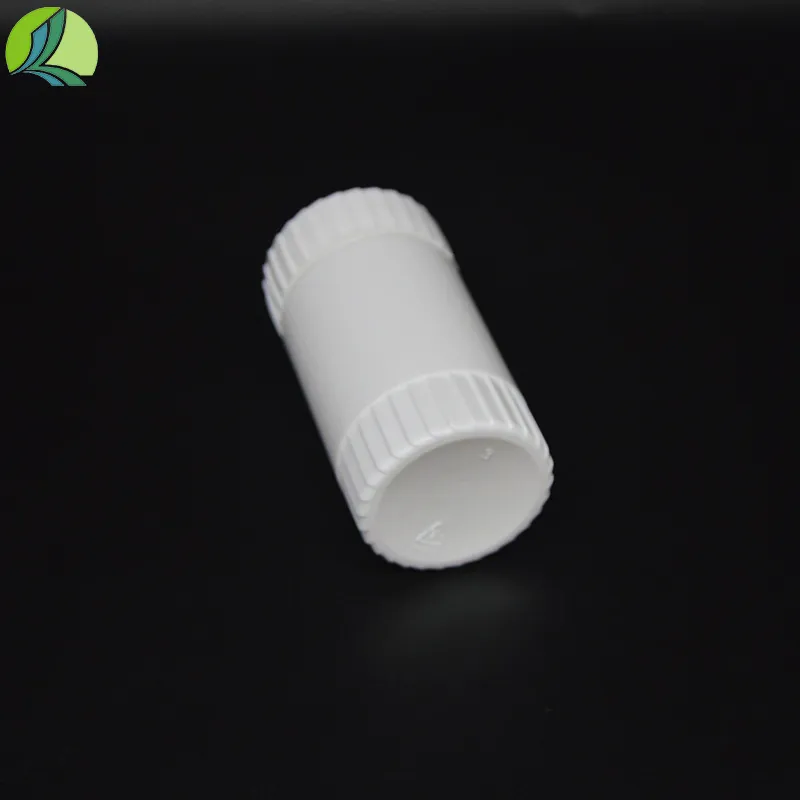
-
 Afrikaans
Afrikaans -
 Albanian
Albanian -
 Amharic
Amharic -
 Arabic
Arabic -
 Armenian
Armenian -
 Azerbaijani
Azerbaijani -
 Basque
Basque -
 Belarusian
Belarusian -
 Bengali
Bengali -
 Bosnian
Bosnian -
 Bulgarian
Bulgarian -
 Catalan
Catalan -
 Cebuano
Cebuano -
 Corsican
Corsican -
 Croatian
Croatian -
 Czech
Czech -
 Danish
Danish -
 Dutch
Dutch -
 English
English -
 Esperanto
Esperanto -
 Estonian
Estonian -
 Finnish
Finnish -
 French
French -
 Frisian
Frisian -
 Galician
Galician -
 Georgian
Georgian -
 German
German -
 Greek
Greek -
 Gujarati
Gujarati -
 Haitian Creole
Haitian Creole -
 hausa
hausa -
 hawaiian
hawaiian -
 Hebrew
Hebrew -
 Hindi
Hindi -
 Miao
Miao -
 Hungarian
Hungarian -
 Icelandic
Icelandic -
 igbo
igbo -
 Indonesian
Indonesian -
 irish
irish -
 Italian
Italian -
 Japanese
Japanese -
 Javanese
Javanese -
 Kannada
Kannada -
 kazakh
kazakh -
 Khmer
Khmer -
 Rwandese
Rwandese -
 Korean
Korean -
 Kurdish
Kurdish -
 Kyrgyz
Kyrgyz -
 Lao
Lao -
 Latin
Latin -
 Latvian
Latvian -
 Lithuanian
Lithuanian -
 Luxembourgish
Luxembourgish -
 Macedonian
Macedonian -
 Malgashi
Malgashi -
 Malay
Malay -
 Malayalam
Malayalam -
 Maltese
Maltese -
 Maori
Maori -
 Marathi
Marathi -
 Mongolian
Mongolian -
 Myanmar
Myanmar -
 Nepali
Nepali -
 Norwegian
Norwegian -
 Norwegian
Norwegian -
 Occitan
Occitan -
 Pashto
Pashto -
 Persian
Persian -
 Polish
Polish -
 Portuguese
Portuguese -
 Punjabi
Punjabi -
 Romanian
Romanian -
 Russian
Russian -
 Samoan
Samoan -
 Scottish Gaelic
Scottish Gaelic -
 Serbian
Serbian -
 Sesotho
Sesotho -
 Shona
Shona -
 Sindhi
Sindhi -
 Sinhala
Sinhala -
 Slovak
Slovak -
 Slovenian
Slovenian -
 Somali
Somali -
 Spanish
Spanish -
 Sundanese
Sundanese -
 Swahili
Swahili -
 Swedish
Swedish -
 Tagalog
Tagalog -
 Tajik
Tajik -
 Tamil
Tamil -
 Tatar
Tatar -
 Telugu
Telugu -
 Thai
Thai -
 Turkish
Turkish -
 Turkmen
Turkmen -
 Ukrainian
Ukrainian -
 Urdu
Urdu -
 Uighur
Uighur -
 Uzbek
Uzbek -
 Vietnamese
Vietnamese -
 Welsh
Welsh -
 Bantu
Bantu -
 Yiddish
Yiddish -
 Yoruba
Yoruba -
 Zulu
Zulu
Innovative Liquid Dispenser for Precise Chemical Measurements in Laboratory Applications
The Versatility of Chemical Dropper Bottles in Laboratories
Chemical dropper bottles are invaluable tools in laboratories and various industrial settings. Their design, functionality, and adaptability make them essential for accurately dispensing a variety of liquids, from corrosive chemicals to delicate reagents. As the need for precise measurements and safe handling of chemicals continues to rise, understanding the features and applications of dropper bottles becomes increasingly important.
Design and Functionality
Typically made from high-quality plastic or glass, chemical dropper bottles are designed to withstand the rigors of laboratory work. The material used is often chosen based on the nature of the chemicals being stored. For instance, glass is preferred for its chemical resistance and inert properties, making it suitable for volatile compounds. Conversely, certain types of durable plastics can offer benefits in terms of weight and safety, particularly in environments where breaking glass poses a risk.
The dropper mechanism, often a rubber or plastic bulb at the top, is engineered for precision. Users can control the flow of the liquid by adjusting the pressure applied to the bulb. This permits the delivery of small, controlled amounts of liquid, which is essential in experiments where dosage is critical. Moreover, many dropper bottles come equipped with labels or are transparent, allowing for easy identification of contents and monitoring of liquid levels.
Applications in Laboratories
Chemical dropper bottles have a wide array of applications. In analytical chemistry, for example, they are used for titration—where precise amounts of liquid reagents need to be added to a solution to determine its concentration. In biological labs, these bottles are indispensable when adding culture mediums or reagents to petri dishes and other culture vessels. The ability to dispense tiny amounts efficiently reduces the risk of contamination and waste.
chemical dropper bottle

In the field of education, dropper bottles serve as an important teaching tool. They help students learn proper lab techniques, instilling the significance of accurate measurements and safe handling of chemicals. Using dropper bottles during practical lessons, students gain hands-on experience that complements theoretical knowledge, fostering a deeper understanding of chemical principles.
Safety Considerations
Given the potential hazards associated with many chemicals, the use of dropper bottles is not without safety considerations. Proper labeling is crucial to prevent accidents and ensure that users can quickly identify hazardous materials. Furthermore, the use of dropper bottles can reduce direct contact with harmful substances, offering an added layer of protection to laboratory personnel.
When choosing dropper bottles for specific applications, it is also important to consider the chemical compatibility of the materials used in the bottle and dropper. Not all plastics can withstand exposure to certain solvents or acids, so selecting the right type is essential for maintaining safety and effectiveness.
Conclusion
In conclusion, chemical dropper bottles are essential assets in laboratories, offering precise liquid handling capabilities that enhance both experimentation and research. Their robust design and versatility make them suitable for a wide range of applications, from educational environments to high-stakes industrial settings. By understanding their features and emphasizing safe usage practices, users can maximize their effectiveness while minimizing risks. As scientific exploration continues to expand, the role of chemical dropper bottles will remain central to innovation and discovery.
-
PTFE Centrifuge Tubes - Chemical Resistant, Leak-proof, Ideal for Laboratory UseNewsJul.05,2025
-
Premium Metal Dropper Bottle for Precise Dispensing 250ml & 1ml Options AvailableNewsJul.04,2025
-
20 ml Headspace Vials - High Quality Polyethylene & Plastic Vials for Lab UseNewsJul.04,2025
-
Small Bottle with Pipette - Precise Dispensing 100ml Pipette Bottles for Essential Oils & Lab UseNewsJun.24,2025
-
Acetic Anhydride Bottle for Accurate Dropper Measurement in Pharmacy Use High-Quality Dropper BottlesNewsJun.10,2025
-
Innovative PET Bottle Design for Juice – Unique Shapes & Customization OptionsNewsJun.10,2025






















